Low Potassium Cereals
Have you been looking for a quick and easy way to start your morning right? Are you looking for a cereal that not only tastes great, but is nutrient-packed and suitable for kidney disease?
Look no further than low potassium cereals. These tasty treats are packed with the essential vitamins and minerals needed to get your day off on the right foot.
Cereal, hot or cold, is a quick and easy breakfast solution. You can make it, and let’s face it, you can eat it in less than five minutes. Morning cereal is an efficient way to get the nutrients and energy you need to start your day.
Unfortunately, many breakfast cereals are high in potassium. If you have chronic kidney disease, it’s important to make sure you’re making smart breakfast choices.
Some cereals, like wheat cereals, tend to be lower in potassium than other options and offer numerous health benefits for those watching their diet.
Not only do they contain an impressive amount of fiber, protein, and other key nutrients, but they also have lower levels of sodium compared to regular breakfast staples like toast or oatmeal.
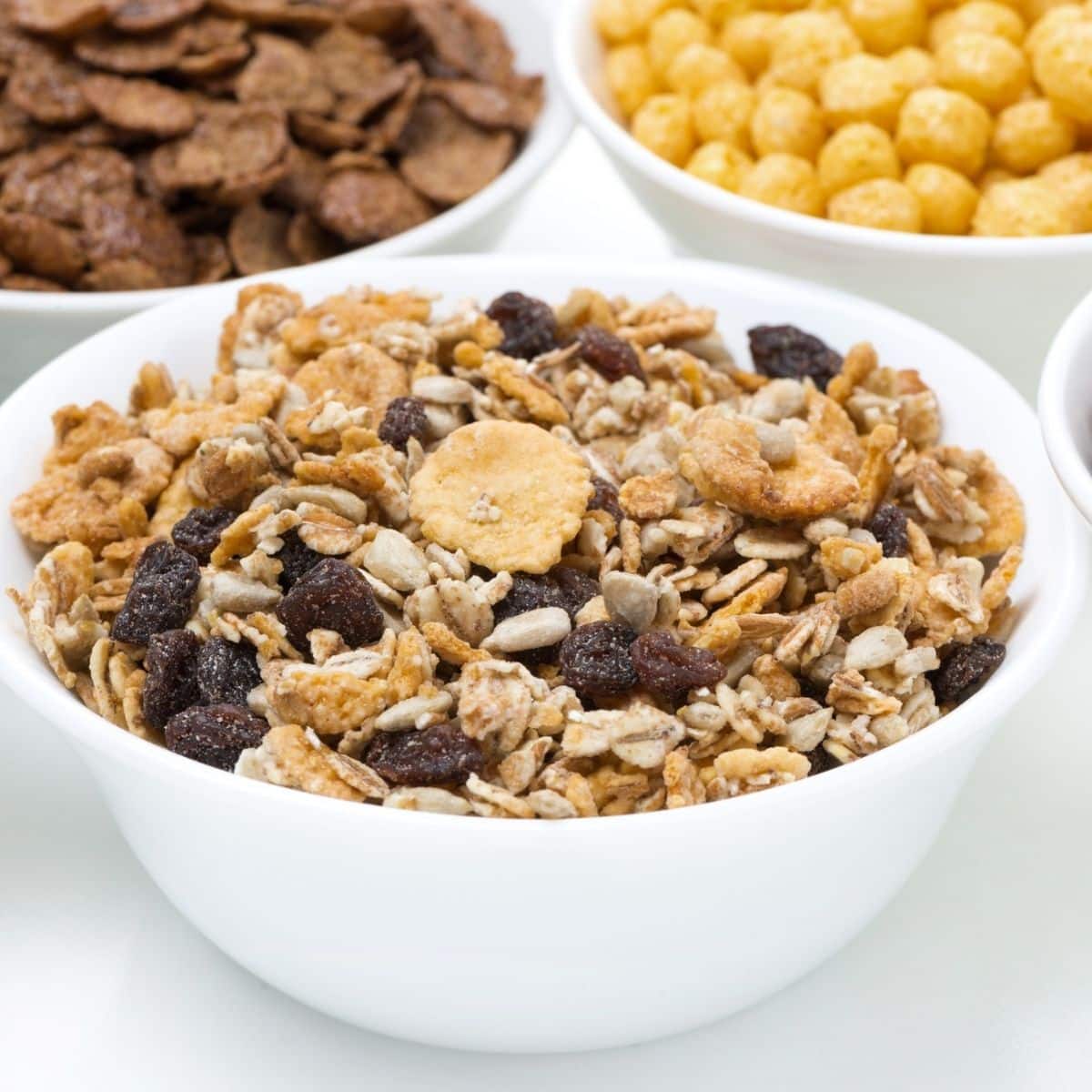
What's more, these delightful little morsels can be enjoyed guilt-free by anyone wanting to make healthier food choices in their daily life.
Whether it's a mid-morning snack or part of your everyday breakfast routine, low potassium cereals can help you stay energized throughout the day while providing all the necessary nutrition your body needs. So why wait? Try some in your renal diet breakfast- you won't regret it!
Jump to:
- Definition Of Low Potassium Cereals
- Nutritional Benefits Of Low Potassium Cereals
- Varieties Of Low Potassium Cereals
- Hot Cereals Low In Potassium
- Cold Cereals Low In Potassium
- Cooking With Low Potassium Cereals
- How To Read Nutrition Labels On Cereal Packages
- Tips For Finding And Selecting Low Potassium Cereals
- Common Misconceptions About Low Potassium Cereals
- FAQs for Low Potassium Hot/ Cold Breakfast Cereals for CKD
- Enjoy Low Potassium Cereals With Your Kidney Diet
Definition Of Low Potassium Cereals
Low potassium cereals are a great way to get all the necessary nutrients without having to worry about high levels of this mineral. But what exactly does that mean? Let's take a look at the definition and benefits of low potassium cereals.
A cereal can be classified as 'low' in terms of its potassium content if it contains less than 200 milligrams (mg) per serving. This means that when consuming one serving - typically one cup or 34 grams (g) – there will not be an excessive amount of this nutrient present in it.
The good news is that these cereals still provide plenty of nutrition while keeping your intake within safe limits. Many brands offer products with added vitamins like B-12 and iron which have been proven beneficial for kidney patients.
Plus, they often come in delicious flavors such as chocolate and cinnamon so you won't have to sacrifice taste either!
With these types of options available, people who need to monitor their potassium intakes don’t have to limit themselves from enjoying flavorful breakfast meals every day.
For More Recipes and Ideas --->> Get Your Free Meals and Recipes That Are Perfect for Pre-Dialysis Diets, Pre-Dialysis with Diabetes, or Dialysis Diets.
Nutritional Benefits Of Low Potassium Cereals
Low potassium cereals are an excellent choice for those looking to maintain healthy levels of this mineral in their diet. These cereals provide a variety of nutritional benefits, such as:
1. Rich source of essential vitamins and minerals: Low potassium cereals contain a range of important nutrients like iron, zinc, calcium, magnesium, thiamin, riboflavin and more that can help keep your body functioning optimally.
2. Lower risk of high blood pressure: Eating low-potassium cereals may help reduce the risk of developing hyperkalemia which can cause heart problems. This is especially beneficial for those at risk or who have already been diagnosed with kidney disease.
3. Improved digestion: Because these cereals are rich in fiber they help promote regularity and aid digestive health. Fiber also helps you feel full longer after meals making it easier to stick to healthier eating habits.
4. Increased energy: Many varieties of low-potassium cereal also contain complex carbohydrates which give your body a slow steady release of energy throughout the day instead of short bursts followed by crashes associated with simple sugars in sugary snacks and drinks.
In addition to providing numerous health benefits, low potassium cereals offer great convenience and taste for everyone from busy professionals on the go to children enjoying a tasty breakfast before school starts! With so many options available there's no reason not to start incorporating them into your daily routine today!

Varieties Of Low Potassium Cereals
You’ll find that cooked rice, grits, and wheat cereals tend to be lower in potassium than other options. Having cereal for breakfast can feel quite satisfying in the morning and can be made sweet or savory depending on your taste.
Of course, not all grains are low in potassium or can be included in a balanced renal diet. Here are some cereals that tend to be higher in potassium and should be limited like granola cereals and muesli cereals.
For something different try some low-potassium oatmeal or barley porridge. Oats are high in soluble fiber which can help lower cholesterol levels and reduce risk factors associated with heart disease.
Barley also has several health benefits including improved digestion and blood sugar control due to its low glycemic index rating. Both make great hot cereals that will fill you up until lunchtime rolls around!
Low-potassium cereals come in many forms and flavors so there's sure to be one that suits your taste buds perfectly!
Whether you're looking for a quick snack or a hearty meal before heading out for the day, these tasty treats can help you stay healthy without having to worry about going over your daily limit of potassium consumption.
Hot Cereals Low In Potassium
For those looking for hot cereals that are low in potassium, there is a wide variety of choices. Oatmeal is one such option and it's easy to make with just water or milk.
It can be topped off with diced apples, nuts, nut butter and even honey for added flavor. Additionally, oatmeal contains other important nutrients like magnesium, iron and zinc which makes it an ideal breakfast choice for many people.
Hot cereal mixes found at the grocery store also provide an opportunity to enjoy a tasty meal without worrying about too much potassium. These mixes usually contain grains like wheat and barley as well as dried fruits such as cranberries and blueberries – all ingredients that are relatively low in potassium content.
Some brands may even add flavors like cinnamon or vanilla to their products so you have plenty of options when selecting your favorite hot cereal mix!
Needless to say, eating healthy doesn't have to mean sacrificing taste or convenience. With some careful planning and mindful selection of foods that are low in potassium content, you can still enjoy delicious hot cereals while taking care of your health needs at the same time!
Cold Cereals Low In Potassium
It's not rocket science to find a delicious, cold cereal that is low in potassium. There are many brands on the market today that fit the bill. To help you get started on your search for the perfect breakfast bowl of goodness, here are some top picks when it comes to cold cereals with low potassium content.
First up on our list of favorites is Kashi Strawberry Field. This crunchy and tasty cereal contains only 30 milligrams of potassium per serving and has plenty of fiber, protein and whole grains to start off your day right.
If you're looking for something sweet but still want to keep it light on the potassium, try Apple Jacks. It offers just 30 mg of potassium per serving and will satisfy those cravings without packing too much extra potassium into your diet.
Finally, if you prefer a gluten-free option for breakfast, reach for Nature's Path Organic Mesa Sunrise flax and corn flakes. This gluten-free cereal provides only 4 grams of protein per serving along with 70 mg of potassium - making it an excellent choice for those watching their intake levels carefully.
Making small adjustments like adding fresh kidney friendly fruits or nuts into your bowl can enhance its flavor and ensure that you're getting enough fiber and other nutrients from your morning meal to increase nutritional value even further.
With these tips in mind, finding an enjoyable yet nutritious low-potassium cereal should be easy!
Cooking With Low Potassium Cereals
Cooking with low potassium cereals is a great way to create delicious, healthy dishes that are packed with flavor. With the right creative ideas and recipes, you can make meals that your whole family will love.
One of the most popular ways to cook with low potassium cereals is to create an easy breakfast or brunch dish. Cereal bars, muffins, pancakes, waffles - all these classic breakfast items can be made using cereal as their main ingredient.
You could even try making French toast for dinner one night! For those looking for something savory or lunch-appropriate, there are plenty of options too; grain salads and veggie burgers are always crowd pleasers.
Finally, don't forget about dessert! Low potassium cereals make a fantastic base for pies and tarts - think pecan pie inspired by corn flake crusts or apple tart filled with oat crumble topping. The possibilities are truly endless when it comes to cooking with low potassium cereals; you just need to let your imagination run wild!
Still have questions? Check out this low potassium diet for kidney disease.
How To Read Nutrition Labels On Cereal Packages
Reading nutrition labels on cereal packages is an important step when selecting a low-potassium cereal. Knowing what your food contains can help you make the best choice for your health needs. Please make sure you are reading labels carefully as a kidney patient.
Here, we'll discuss how to read cereal nutrition labels and decode the facts about ingredient levels.
| Nutrition Label | What it Tells You |
| Serving Size | How much of the product constitutes one serving |
| Sodium Levels | Amount of sodium present in one serving size |
| Potassium Levels | Amount of potassium present in one serving size |
| Calories per Serving | How many calories are in one serving size |
| Total Fat Content | Total amount of fat contained in one serving size (including saturated fats) |
With these four key pieces of information, you can accurately measure the nutrient content of each cereal package. It's also important to look out for low potassium ingredients such as whole grains, oats, or wheat flakes.
The last step before purchasing a new cereal is understanding which other ingredients may be added to boost flavor or texture without increasing calorie count or sodium levels.
This could include spices like cinnamon (cinnamon and ckd) or nutmeg, dried fruits like blueberries or cranberries, nuts and seeds like almonds or walnuts, honey or molasses for sweetness, and even chocolate chips!
By taking all these factors into consideration while reading nutrition label information, you can find a nutritious breakfast option with minimal risk of potassium overload.
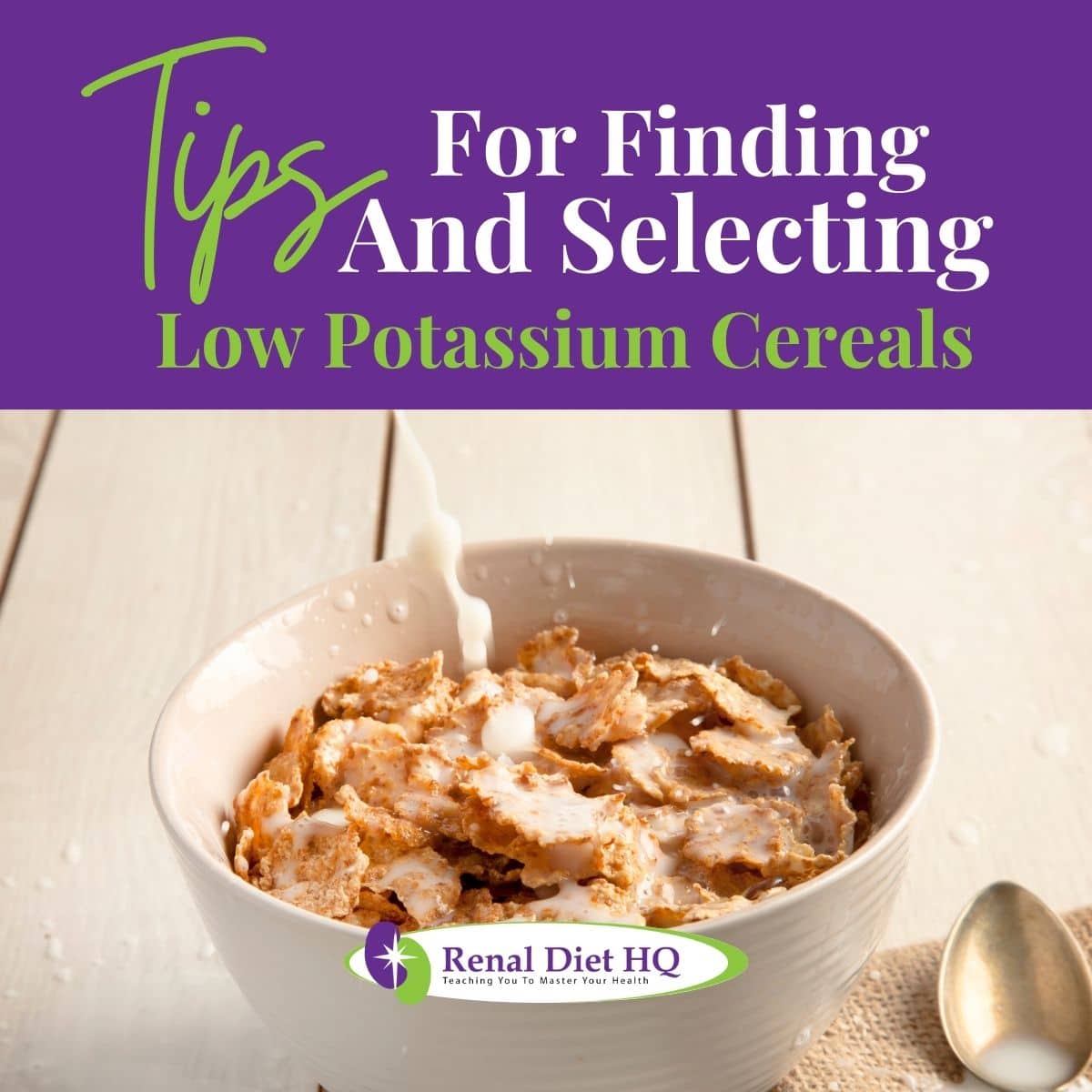
Tips For Finding And Selecting Low Potassium Cereals
Now that you know how to read nutrition labels on cereal packages, it's time to explore the wonderful world of low-potassium cereals.
It can be daunting to find a healthy breakfast option that meets your dietary needs, but there are many options available for those looking for ways to reduce their potassium intake.
From traditional brands like Cheerios and Rice Krispies to specialty varieties with unique flavors such as quinoa and chia seed, there is something for everyone in this nutrient-packed category.
Finding a low-potassium cereal brand isn't difficult either; simply look at the Nutrition Facts panel on the package or research online.
For example, most oatmeal contain fewer than 100 milligrams of potassium per serving while some granolas may have up to 500 mgs - so reading labels carefully is important!
- Frosted Mini Wheats
- Apple Jacks
- Kashi Honey Sunshine
- Kashi Blueberry Clusters
- Rice Chex
- Cream of Wheat, made with water
- Cream of Rice, made with water
- Cornflakes
- Special K Original
- Corn Chex
- Honeycomb
- Honey Roasted Honey Bunches of Oats
- Old Fashioned Oatmeal
- Kashi Autumn Wheat
- Shredded Wheat
- Bran Flakes
- Kashi Strawberry Fields
- Quaker Brown Sugar Oatmeal Squares
- Special K Vanilla & Almond
- Kix
So there you have it: 20 great options that offer big flavor while keeping things low in terms of potassium content.
Additionally, you can consult reputable resources such as the National Kidney Foundation American Diabetes Association website which offers a comprehensive list of low-potassium cereal brands and recipes.
Now all that's left is to pick up a box (or two!) so you can enjoy these delicious cereals at home or on the go!
Common Misconceptions About Low Potassium Cereals
It's also important to note that not all packaged foods with low potassium levels are healthy options overall - they may still be high in sodium or sugar and therefore should only be consumed in moderation.
When choosing a food item labeled ‘low-potassium’, do so mindfully and pay attention to the nutrition facts panel for carbohydrate, fat, protein, sodium, and phosphorus information too.
By doing this research ahead of time, you'll know whether or not the product fits into your health goals - and if it does, enjoy!
FAQs for Low Potassium Hot/ Cold Breakfast Cereals for CKD
Eating a healthy, balanced diet is important for everyone's well-being. When it comes to managing chronic illnesses such as chronic kidney disease and diabetes, people must pay special attention to what they are eating and how often.
This brings us to the question: Is it safe to eat low potassium cereals every day?
When we look at why this might be an issue, the answer lies in understanding the importance of regulating certain nutrients like potassium and sodium. Low potassium cereals can provide essential vitamins and minerals without overloading on these two components.
However, if eaten too frequently, one might not get enough protein or other nutrients from their meal plan which could lead to deficiencies in the long run.
That said, depending on individual health needs and dietary preferences it may be possible to safely consume low potassium cereals every day with some adjustments. For instance, adding various toppings like nuts or fruits can help boost overall nutrient content and make meals more enjoyable.
Additionally, many brands offer fortified options that contain added nutrients like protein and iron - making them even healthier choices for daily consumption.
By being mindful about portion sizes and diversifying food sources throughout the week, individuals looking to manage diabetes or hypertension can still enjoy the convenience of low potassium cereal while meeting their nutritional needs.
Being diagnosed with diabetes can be an overwhelming experience, but there are many dietary changes that people with this condition must make.
One of the most important considerations is how to get enough nutrients without consuming too much sugar or salt. Here are a few reasons low potassium cereal brands might be good for diabetic patients:
1. They are typically lower in added sugars.
2. The fiber in cereals can help regulate blood sugar levels by slowing down the absorption of glucose into the bloodstream.
3. Convenient and easy to prepare: Cereals are a quick and easy breakfast option that can be prepared in minutes, making them a convenient choice for busy mornings.
If you’re diabetic, it's worth considering low potassium brands as part of your breakfast routine. Not only do they provide balanced nutrition, but their lower sodium content helps regulate fluid balance and prevents potential side effects like high blood pressure or heart problems associated with excessive amounts of sodium consumption over time.
Additionally, these foods can help stabilize energy levels throughout the day due to their slow digestion rate from complex carbohydrates found in grains like oats and barley.
When it comes to maintaining a healthy diet, many of us are looking for alternatives that provide the right balance between nutrition and deliciousness.
We all know that gluten-free is a must for people with celiac disease but what about low potassium cereals? Are they also gluten-free? Let's have a look at this question more closely.
To answer this: yes, there are several brands offering low potassium cereals that are also gluten-free. These include, but aren't limited to:
1. Cream of Rice
2. Erewhon Gluten Free Crispy Brown Rice
3. EnviroKidz Gorilla Munch
This means that those with celiac disease don't have to miss out on having cereal as part of their daily routine!
With so much choice available, you're sure to find something that suits your taste as well as your dietary requirements - allowing you to enjoy breakfast time again without compromising your health goals.
When it comes to the potential side effects of consuming certain foods, we must consider what is in those foods. Low potassium cereals may come with some consequences if not consumed correctly.
High blood pressure and diabetes are two conditions that can be exacerbated by eating too much low potassium cereal.
The body needs essential minerals like potassium to function properly, so when you consume a food that has less than recommended levels of this mineral, your risk of developing high blood pressure or diabetes increases significantly.
Additionally, eating large amounts of any type of cereal over time can lead to weight gain and even obesity due to its processed nature.
When looking at the overall picture, it's clear that while low potassium cereals could potentially provide nutritional benefits, they should only be eaten in moderation and balanced out with other healthy options such as fruits and vegetables.
Consuming too much of anything isn't good for our bodies - whether it's sugar, salt or anything else - but understanding how different foods affect us gives us an opportunity to make better choices about what we eat on a daily basis.
Eating a variety of nutrient-dense foods is key for maintaining optimal health, so don't forget to include plenty of fresh produce along with whole grains like oats, quinoa and brown rice in your diet!
By taking into account all these factors before making dietary decisions about what types of food you're going to put into your body each day, you'll be able to set yourself up for long term success in terms of both physical and mental wellbeing.
Oatmeal is a healthy food and high in potassium and generally isn’t recommended for a hot breakfast cereal if you have CKD.
However, if you are drinking a low potassium and phosphorus milk alternative (like rice, soy, or almond milk) and very careful about your potassium intake the rest of the day, the occasional bowl of oatmeal shouldn’t be a problem. Check out these low phosphorus milk alternatives.
Keep in mind that the less processed the oat, the better. Instant oatmeal is going to be worse for your kidney health than a steel cut oat.
Yes, Oatmeal can have up to 234 grams per cooked cup. If you’re watching your phosphorus levels daily, the occasional cup of minimally processed oatmeal can be okay.
Oatmeal is a middle of the road potassium food. It’s okay to have in small amounts, if it is minimally processed (i.e., not instant oats) and is consumed occasionally. A cup of oatmeal can have around 143 mg of potassium.
If you like hot cereals but don’t feel like grits, congee, or oatmeal is going to be the right choice, cream of wheat may be your solution.
One cup of cream of wheat cooked in water has about 32 mg of potassium. It’s also low in sodium with just under 6mg. Add a little butter and honey and enjoy.
Cream of wheat (benefits of cream of wheat) is also low in phosphorus; the same cup cooked in water has just under 32 mg of phosphorus (the same amount of potassium as well).
If you’re looking for a hot cereal solution, cream of wheat is the better choice over oatmeal. However, if you’re in an early stage of kidney disease and you are good about tracking your potassium and phosphorus intake, a bowl of oatmeal occasionally should be okay.
Enjoy Low Potassium Cereals With Your Kidney Diet
It’s great to know there are so many breakfast cereals that are low in potassium and phosphorus. Always make sure to read the label and be aware of your potassium consumption and average sodium consumption.
Look for sodium levels as well as potassium and phosphorus. And consider the milk or dairy products you’re using with your cereal as well as any toppings.
Cereal can be part of a healthy kidney diet with an alternative for family members as well. As with any choice, it’s important to know the facts and to make wise choices for your kidney health.
Just make sure it fits in with your overall best ckd diet plan and has been approved by your doctor or dietitian if necessary. Remember - even small changes can make a big difference!

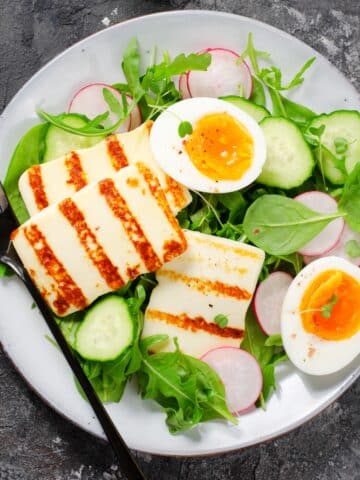



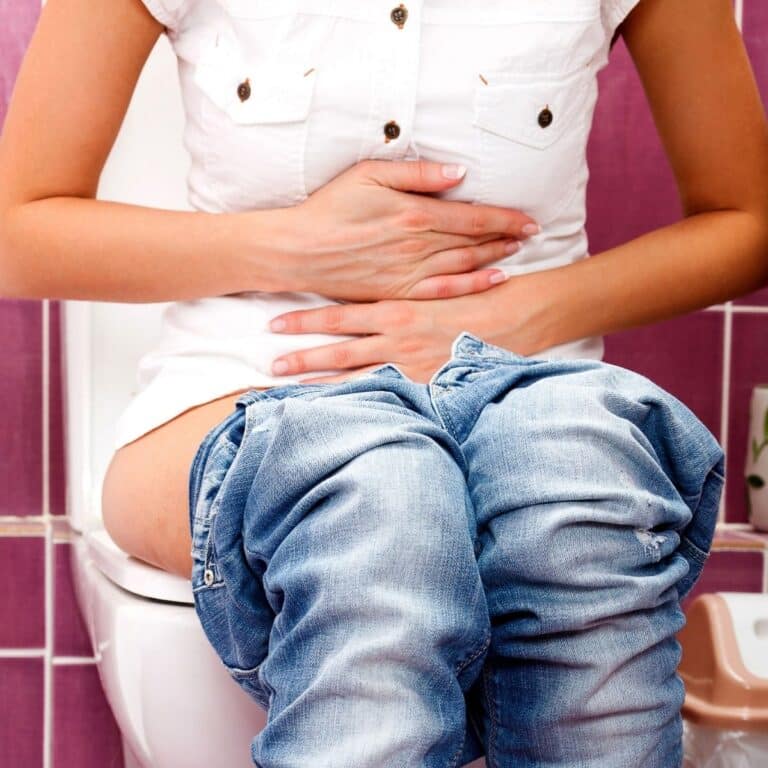
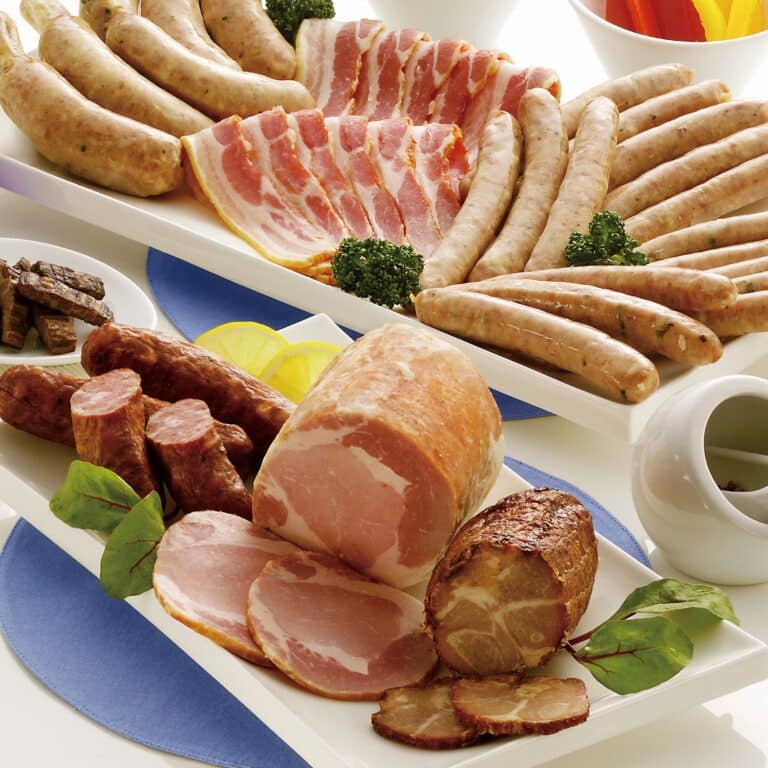
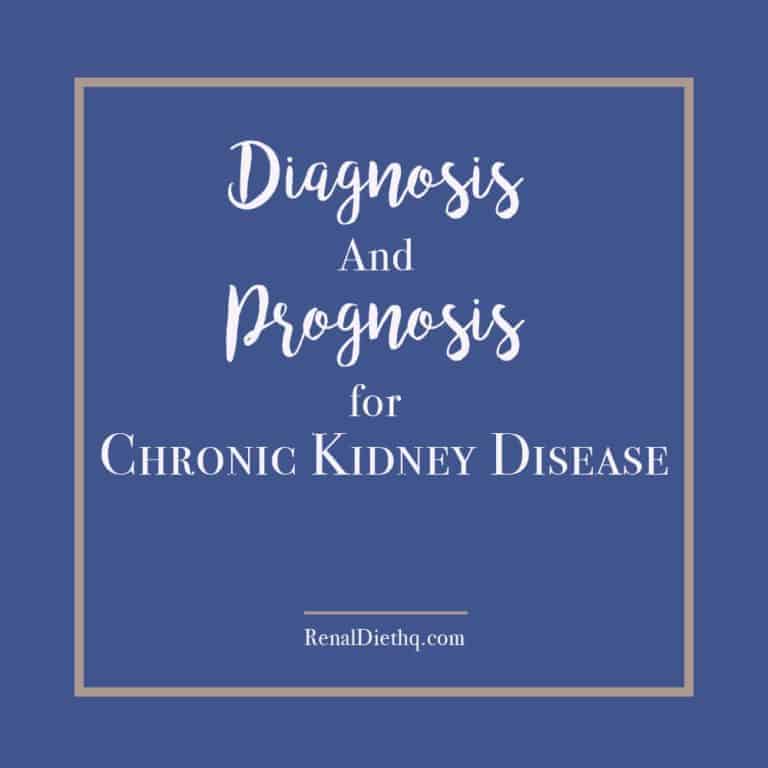
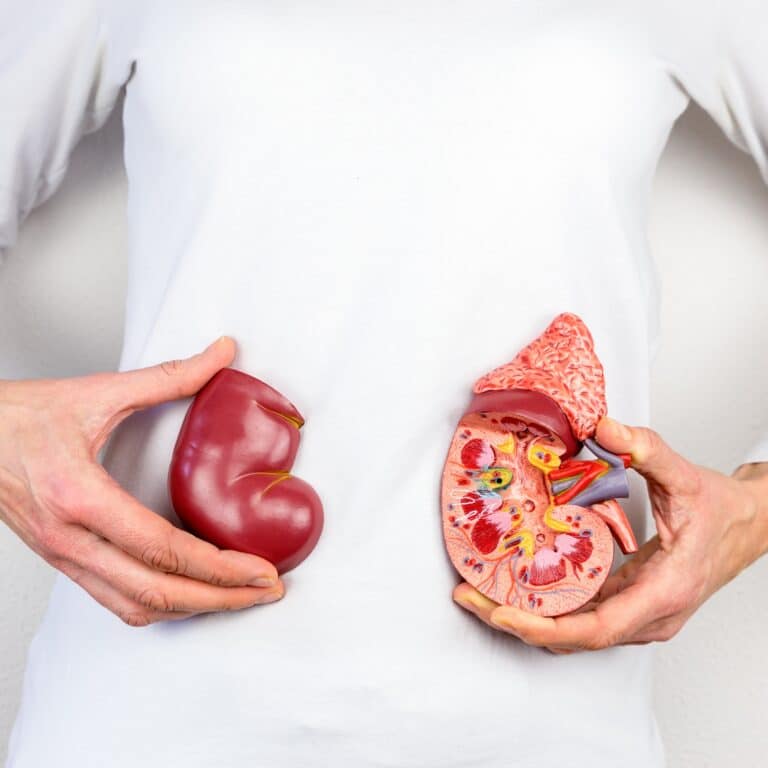
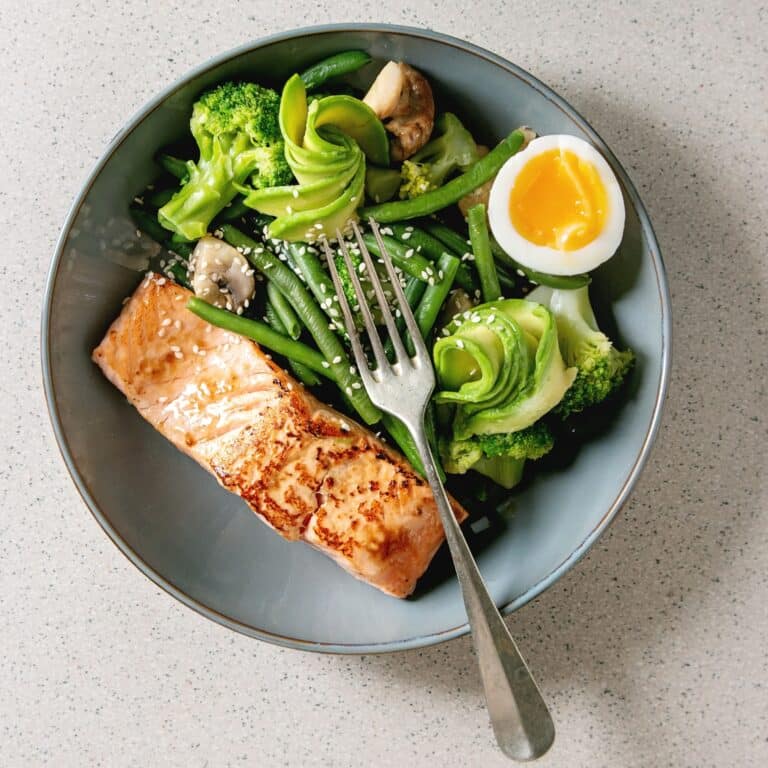





Thanks for this one -- quite useful. BTW, Cream of Wheat is a brand name -- use capital letters....
When you mention how much of each serving you can have is it before or after preparing a cooked cereal? Thanks for the list of brands. How does Great Grains old ceral rate?
This is a great piece of advice. A lot I did not know.
Are three crispy tacos per meal every couple days OK to eat in stage 4 ?
Thank you
Great article ! The list of cereals very hepful.
i change each day between cornflakes w/blueberries
or grits with cranberries.